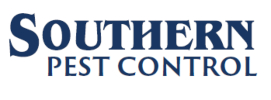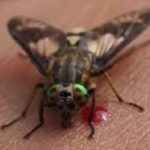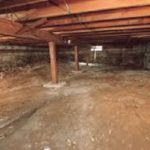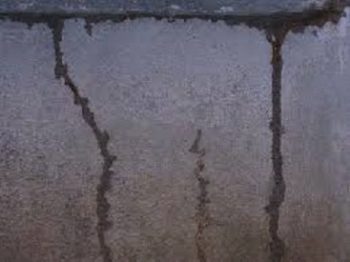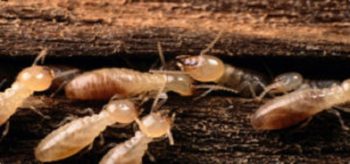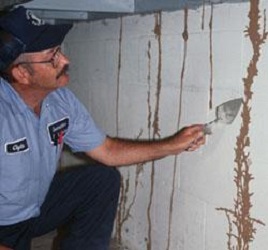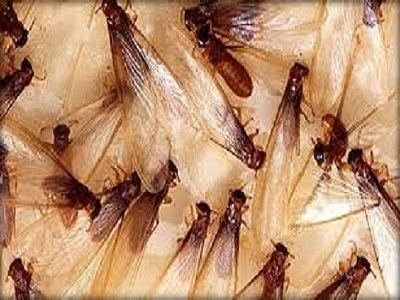
There are three major types of termites found in the United States: subterranean, drywood, and damp wood. Formosans are considered a type of subterranean. There are over 2,000 different species, which all have distinct scientific name.
They range from 1/4 to 1/2 an inch in length. The queens and kings are larger, capable of reaching over one inch long. The workers are typically soft-bodied and pale-colored. Flying termites, also called reproductives, have two pairs of prominent wings.
Each type has its own dietary preferences. Subterraneans prefer softwoods, but may invade most species of wood. Damp woods generally stay close to the ground, but will choose moist, decaying wood anywhere it is found. Drywoods are often found in attics and require little moisture in the wood they eat.
They are detritivores, or detritus feeders. They feed on dead plants and trees. They get nutrients from cellulose, an organic fiber found in wood and plant matter. Wood makes up the majority of the pests’ diet, although termites also eat other materials such as paper, plastic, and drywall. Most species prefer dead wood, but some termites feed on living trees.
Commonly, they live in wooden structures, decayed trees, fallen timber, and soil. Habitats vary among species as some require different amounts of moisture. The pests are found in greater numbers in tropical regions where living conditions for termites is optimal. Subterraneans are the most abundant variety and can be found throughout the United States. Both damp wood and drywood species are generally more localized in the Southern states.
Subterraneans homes are usually formed in soil. Within these mounds, they build elaborate tunnel systems and mud tunnels through which they access above-ground food sources. Drywood termites live within the wood they consume and oftentimes infest walls and furniture. Subterraneans are constantly forging tunnels under your ground around your home.
When a colony has matured, winged, swarming termites can be seen around windows and doors. Winged ones are highly attracted to sources of light and are most active in springtime. After mating, these locate a new breeding site and create another colony, spreading infestations throughout multiple locations in the case of drywood termites. The swarming season in the Southern states is normally in May.
We at Southern Pest Control have been controlling termites in South Mississippi for over 38 years. Our technicians are well trained to handle all your termite problems. Please call us at 800 527-9832 to give you a Free Estimate to control termites around your home.
Need Pest Control Services?
We'll call you! Leave your information below.
